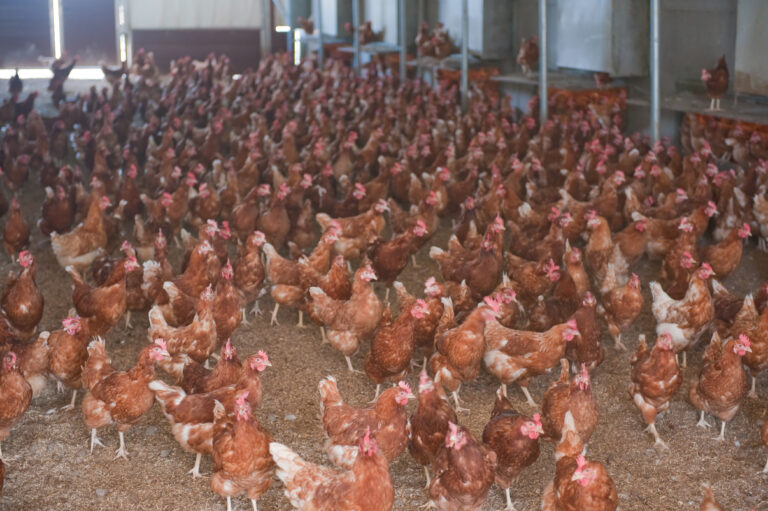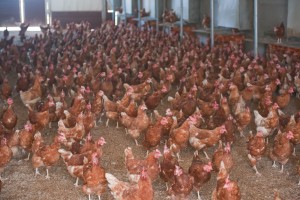Poultry units will be required to comply with new environmental regulations to limit emissions of ammonia from animal housing, the EU has announced.
New standards on resources and emissions will help national authorities across the EU to lower the environmental impact of around 20,000 large poultry and pig farms, it was announced this week. The new specifications stem from the review of the Best Available Techniques (BAT) Reference Document for the intensive rearing of poultry and pigs (IRPP), the so-called IRPP BREF, whose conclusions were published on 21 February in the Official Journal of the EU.
Nutritional management, animal rearing, and management of manure are the main farm processes and activities affected by the review of the IRPP BREF. The BAT conclusions set, for the first time at the EU level, limits for ammonia emissions to air from animal housing and for excretions of nitrogen and phosphorus for six categories of pigs or poultry.
According to the European Environment Agency, agriculture is responsible for 94% of ammonia emissions. Excessive levels of ammonia are linked to negative effects on aquatic ecosystems such as rivers and lakes and reduction in water and air quality.
BAT conclusions are the technical basis for national authorities in EU countries to set permit conditions for large poultry or pig farms. Within four years the authorities must ensure that the permit conditions for the farms concerned are reconsidered and, if necessary, updated. If the authorities use the BAT conclusions to set permit conditions at the lowest end of the indicated emission level ranges, this can drive a sizeable reduction of ammonia emissions from the large farms subject to the new environmental standards.
At this stage it is unclear how the UK’s exit from the EU will affect the implementation of these standards in the UK.



